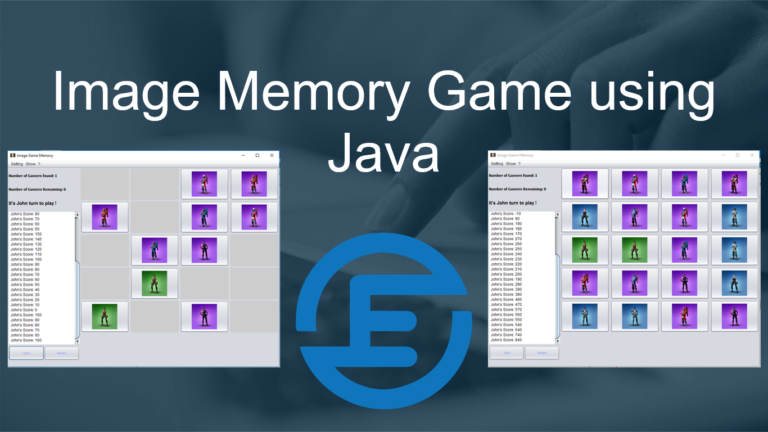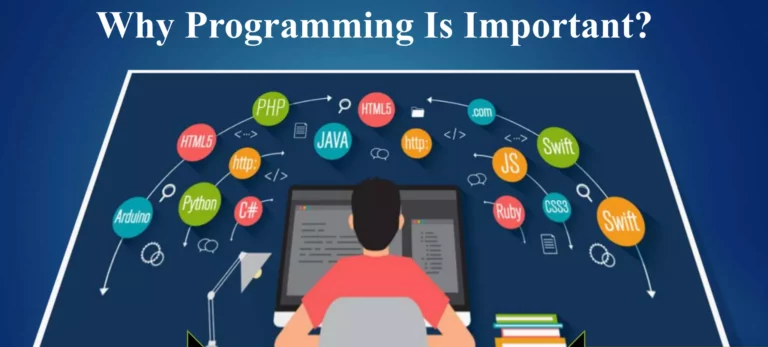Exploring the Exciting Java 21 New Features
Introduction:
Java 21 has landed, bringing along a treasure trove of new features and enhancements designed to streamline development workflows and empower Java programmers worldwide.
In this comprehensive blog post, we’ll explore each of the exciting new features introduced in Java 21, accompanied by code examples to illustrate their practical applications.
Let’s embark on a journey through the latest advancements in Java programming!
1. String Templates
One of the standout features of Java 21 is String Templates, which revolutionize string manipulation and formatting in Java.
String Templates allow developers to embed expressions directly within string literals, simplifying complex string concatenation operations.
Here’s how it works:
String productName = "Test Product";
double productPrice = 29.99;
boolean productAvailable = true;
String productInfo = `Product: ${productName}
Price: $${productPrice}
Availability: ${productAvailable ? "In Stock" : "Out of Stock"}`;
System.out.println(productInfo);
With String Templates, formatting strings becomes more concise and readable, enhancing code maintainability and developer productivity.
2. Sequenced Collections
Java 21 introduces Sequenced Collections, which provide new interfaces and methods for streamlined collection processing.
These enhancements make it easier to access the first and last elements of various collection types, promoting uniformity and consistency in collection manipulation.
Consider the following example:
List<Integer> list = new ArrayList<>(); list.add(0); list.add(1); list.add(2); // Fetch the first element (element at index 0) int firstElement = list.getFirst(); // Fetch the last element int lastElement = list.getLast();
Sequenced Collections simplify common collection processing tasks, resulting in cleaner and more maintainable code.
3. Record Patterns
Record Patterns represent a significant enhancement to the Java language, enabling developers to deconstruct record values more effectively.
With Record Patterns, developers can navigate and process data in a declarative and composable manner.
Let’s see it in action:
record Point(int x, int y) {}
static void printSum(Object obj) {
if (obj instanceof Point(int x, int y)) {
System.out.println(x+y);
}
}
Record Patterns streamline data manipulation, making code more expressive and easier to understand.
4. Pattern Matching for Switch
Pattern Matching for Switch is another exciting addition to Java 21, allowing for concise and safe data-oriented queries.
By extending pattern matching to switch expressions and statements, developers can express complex logic more elegantly.
Here’s an example:
static String formatterPatternSwitch(Object obj) {
return switch (obj) {
case Integer i -> String.format("int %d", i);
case Long l -> String.format("long %d", l);
case Double d -> String.format("double %f", d);
case String s -> String.format("String %s", s);
default -> obj.toString();
};
}
Pattern Matching for Switch simplifies conditional logic, improving code readability and maintainability.
Conclusion:
Java 21 introduces a wealth of new features and enhancements that empower developers to write cleaner, more expressive, and efficient code.
From String Templates and Sequenced Collections to Record Patterns and Pattern Matching for Switch, Java 21 equips developers with powerful tools to tackle modern software development challenges.
By leveraging these new features, developers can elevate their Java programming skills and build robust, scalable applications with ease.
So why wait? Dive into Java 21 today and unleash the full potential of Java programming!
Join Our Community:
Stay updated with the latest Java developments and connect with fellow developers by joining our vibrant community of learners and enthusiasts at elgarnaoui.com.
Share your insights, ask questions, and collaborate on exciting Java projects.
Sign up today and be part of our vibrant Java community!
Share This Post:
Found this post helpful? Share it with your friends and colleagues on social media and help spread the word about the exciting new features in Java 21!








One Comment